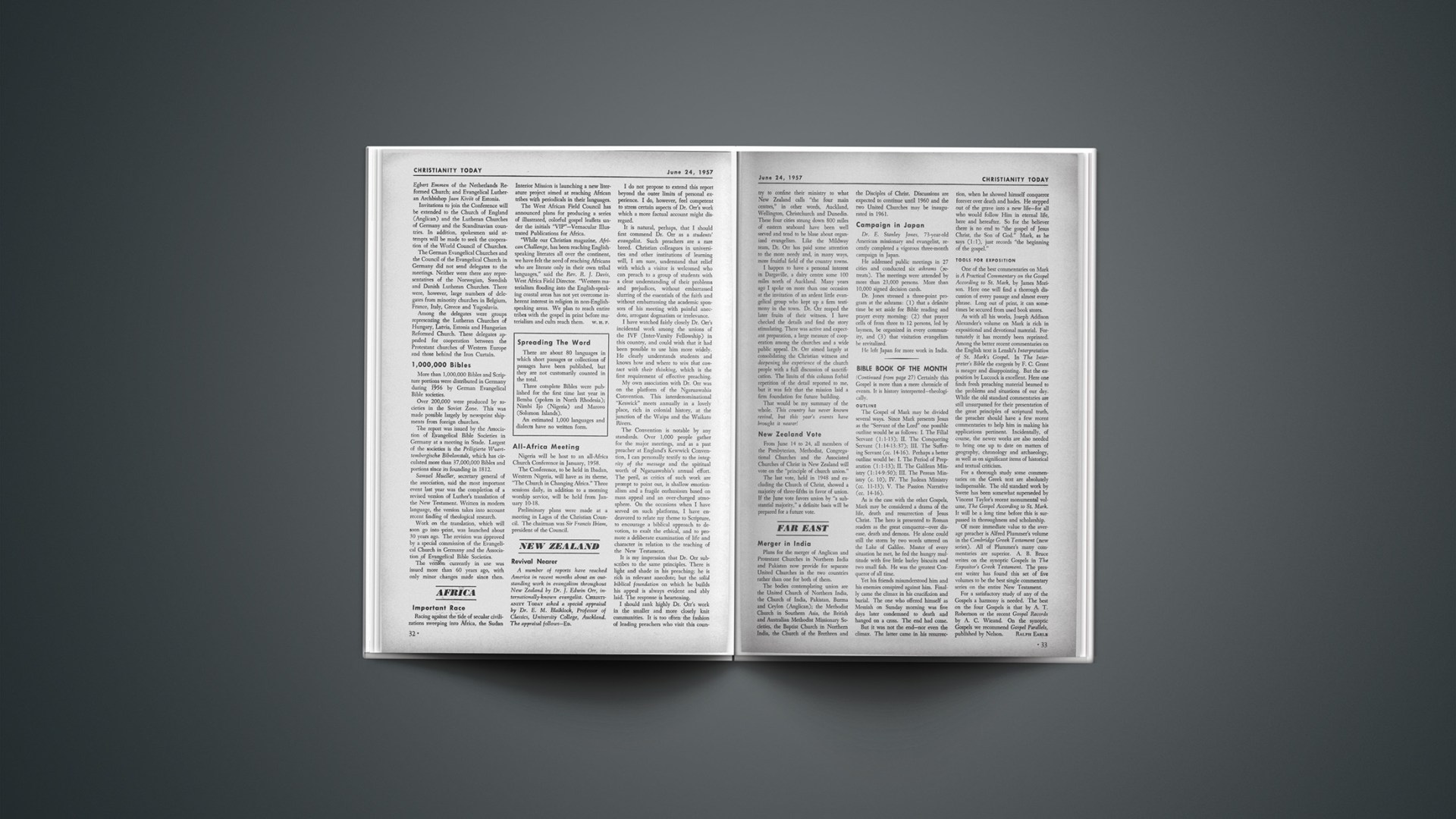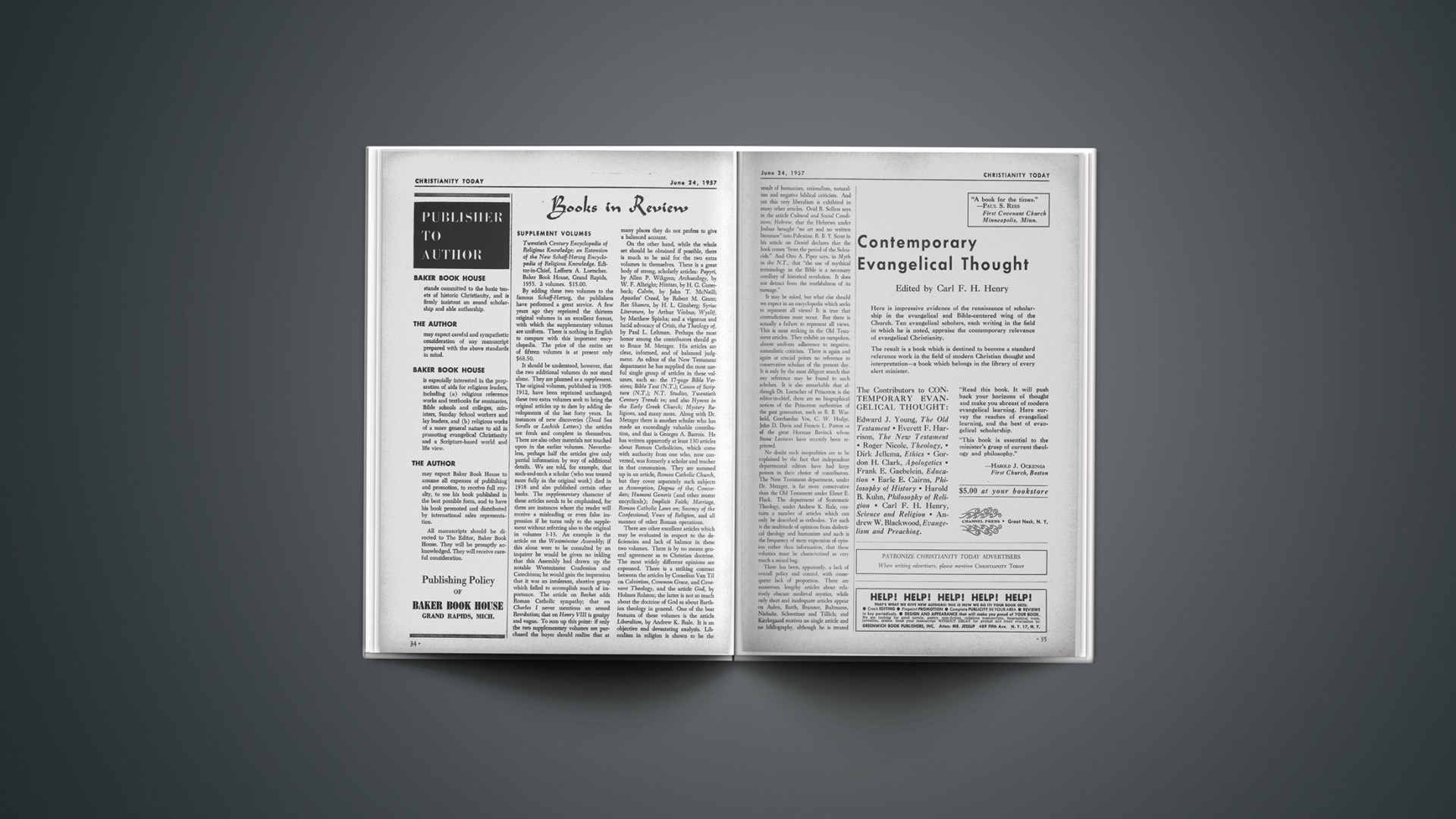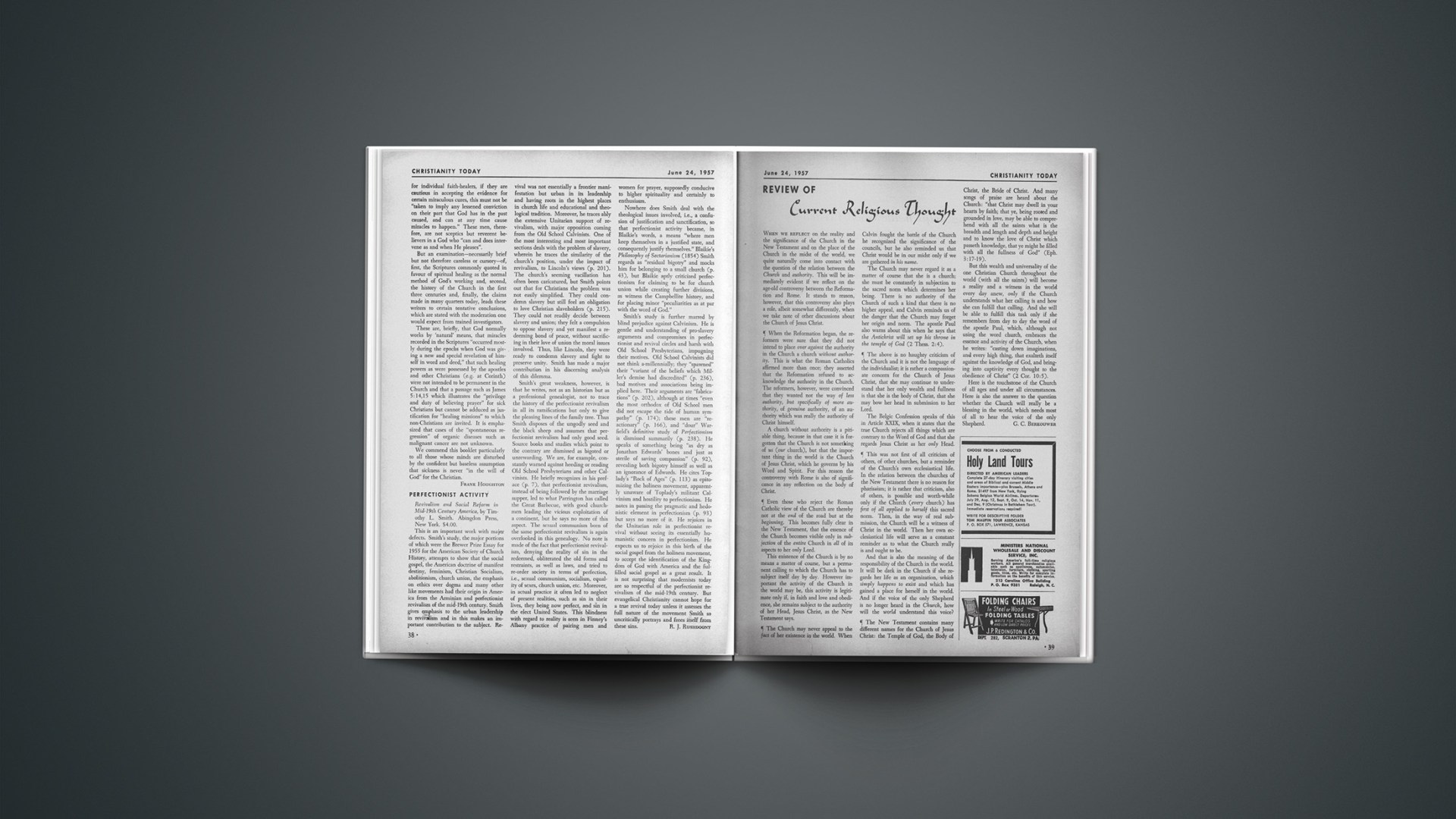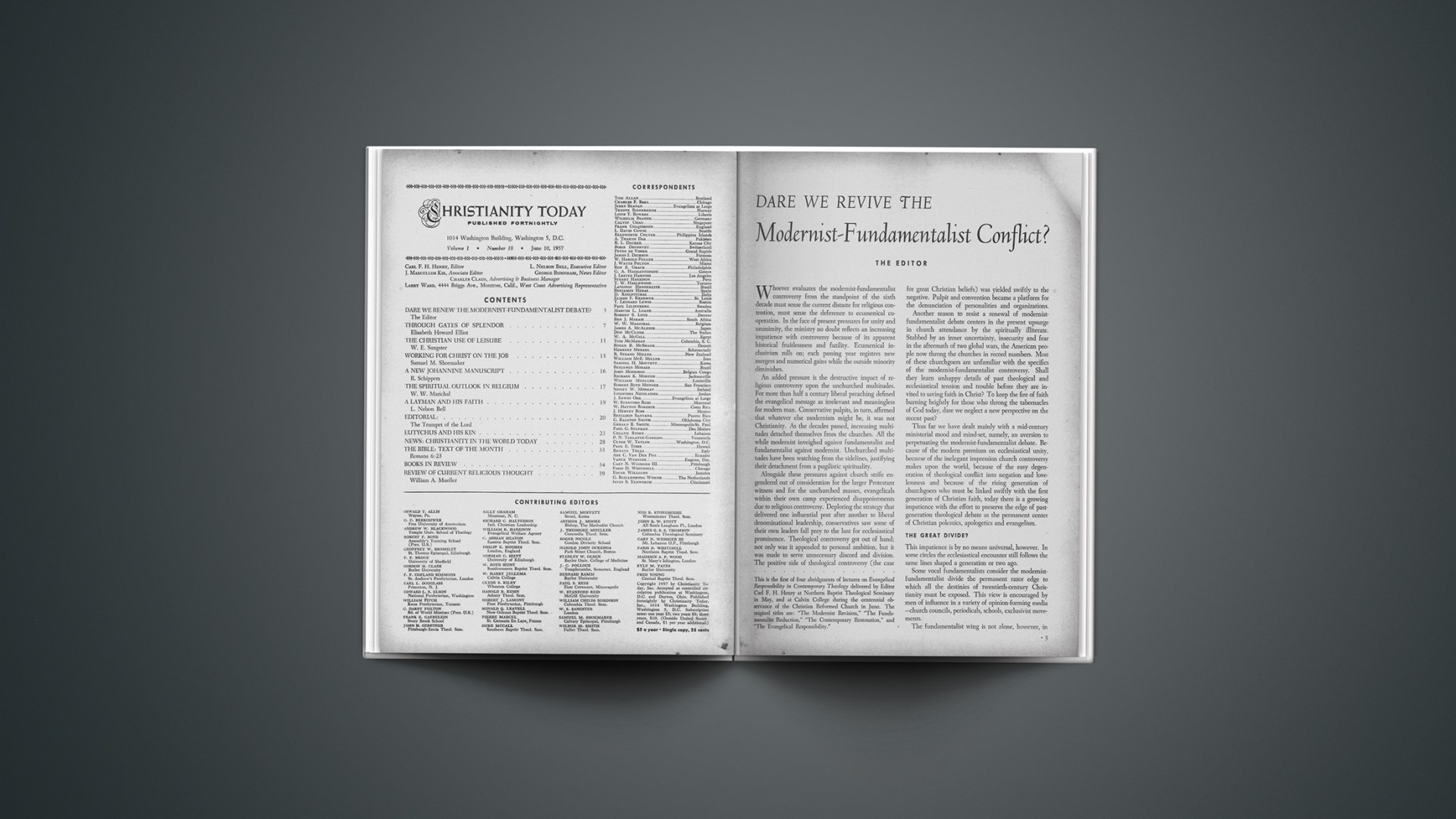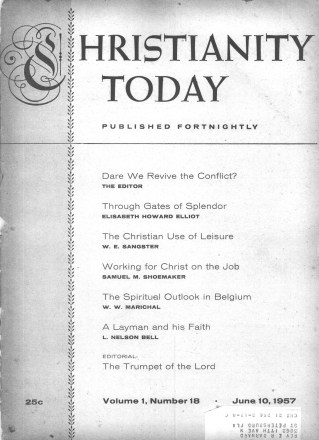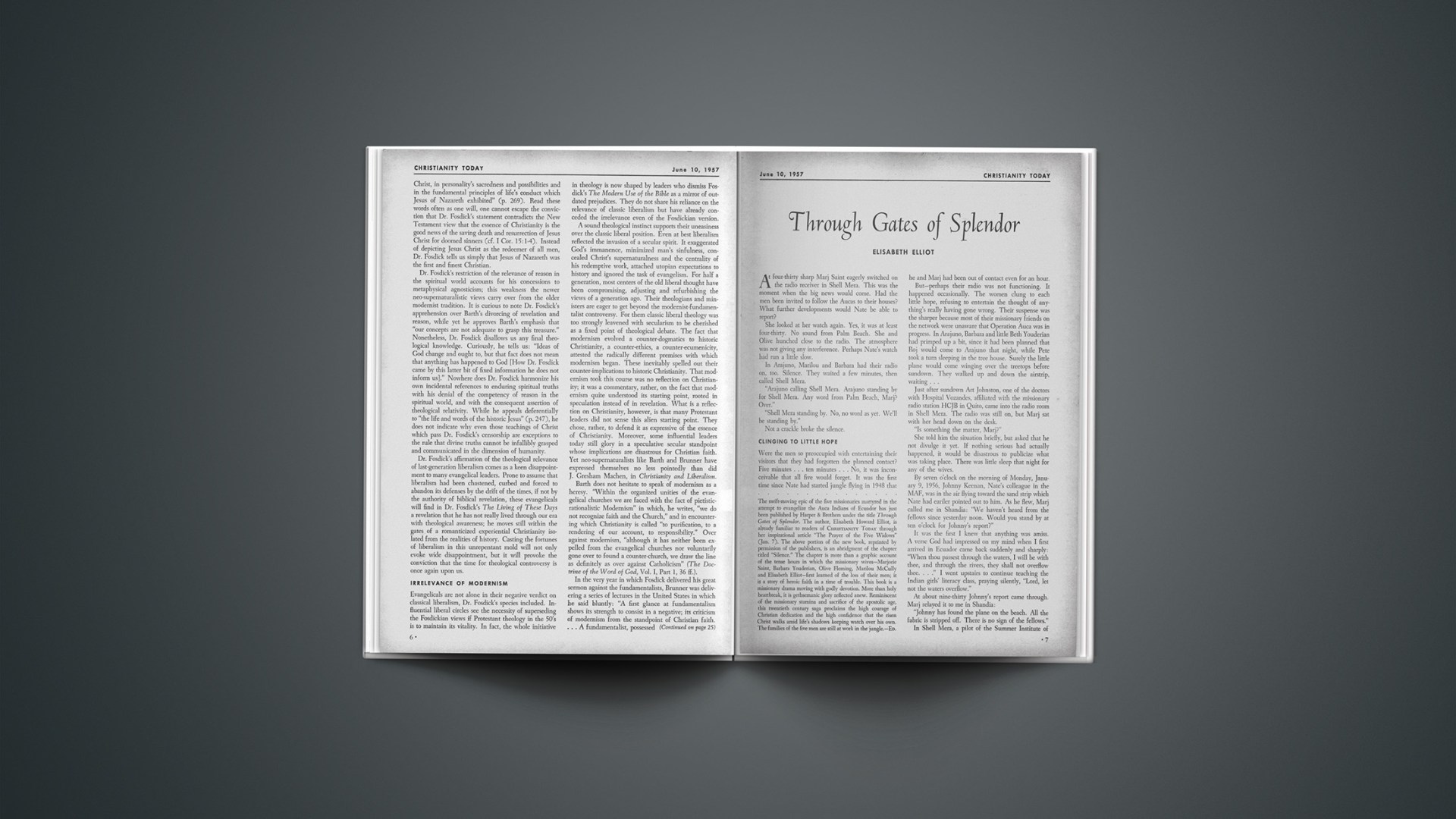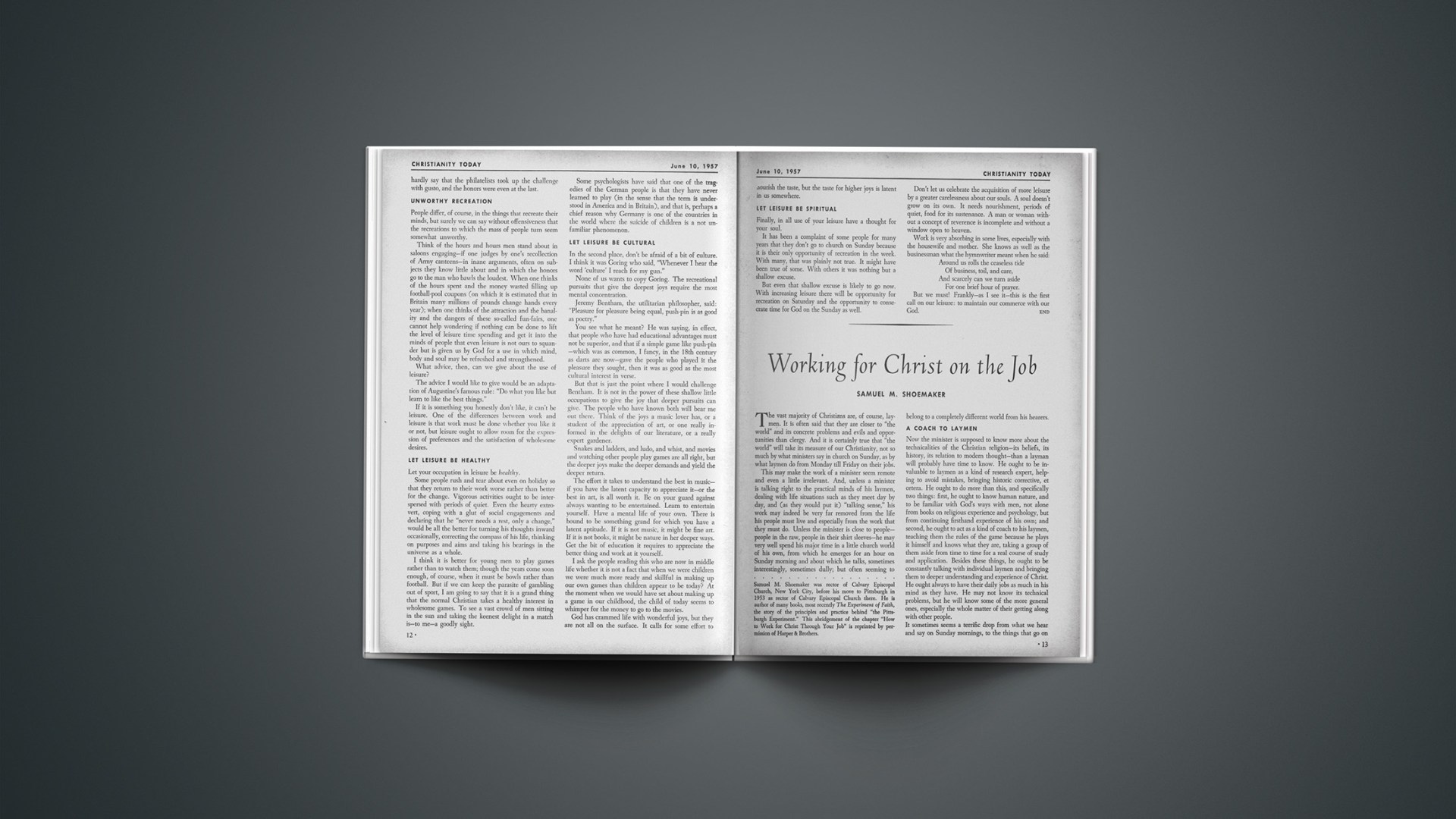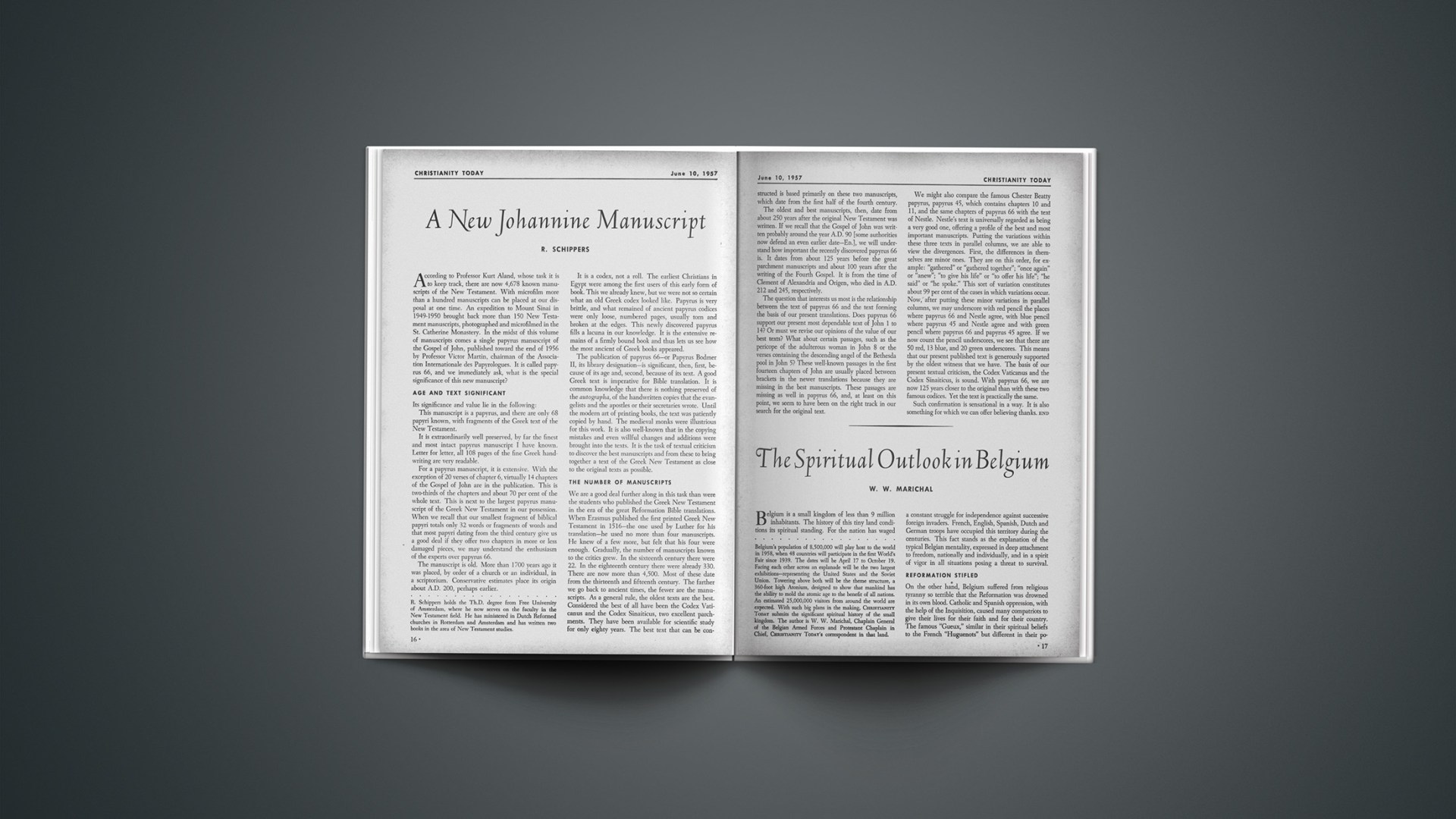Merger In India
Plans for the merger of Anglican and Protestant Churches in Northern India and Pakistan now provide for separate United Churches in the two countries rather than one for both of them.
The bodies contemplating union are the United Church of Northern India, the Church of India, Pakistan, Burma and Ceylon (Anglican); the Methodist Church in Southern Asia, the British and Australian Methodist Missionary Societies, the Baptist Church in Northern India, the Church of the Brethren and the Disciples of Christ. Discussions are expected to continue until 1960 and the two United Churches may be inaugurated in 1961.
Campaign In Japan
Dr. E. Stanley Jones, 73-year-old American missionary and evangelist, recently completed a vigorous three-month campaign in Japan.
He addressed public meetings in 27 cities and conducted six ashrams (retreats). The meetings were attended by more than 23,000 persons. More than 10,000 signed decision cards.
Dr. Jones stressed a three-point program at the ashrams: (1) that a definite time be set aside for Bible reading and prayer every morning: (2) that prayer cells of from three to 12 persons, led by laymen, be organized in every community, and (3) that visitation evangelism be revitalized.
He left Japan for more work in India.

